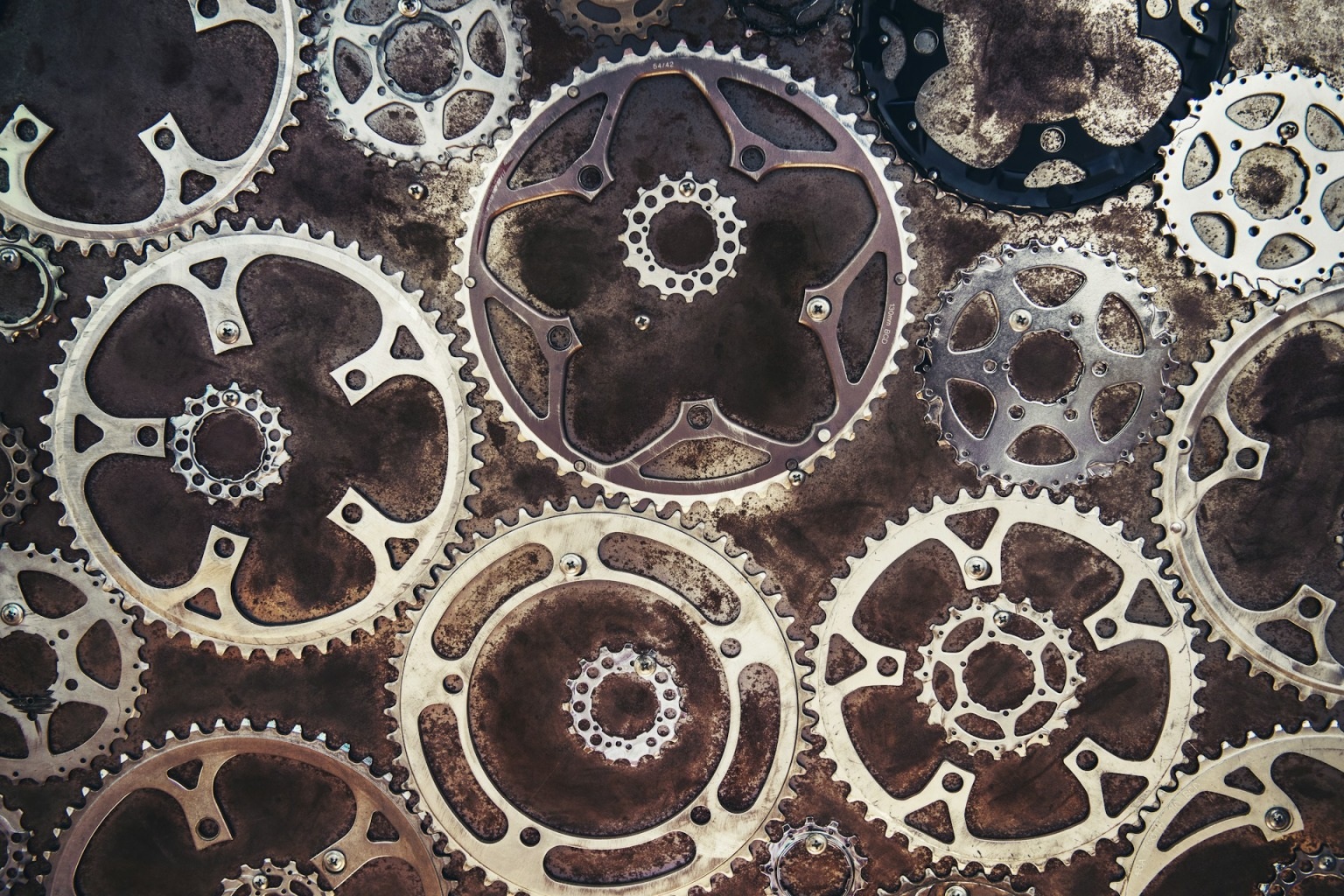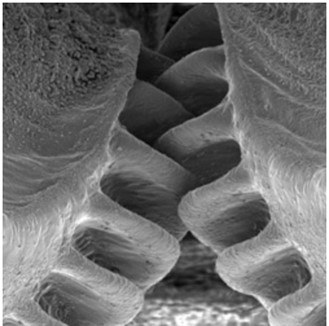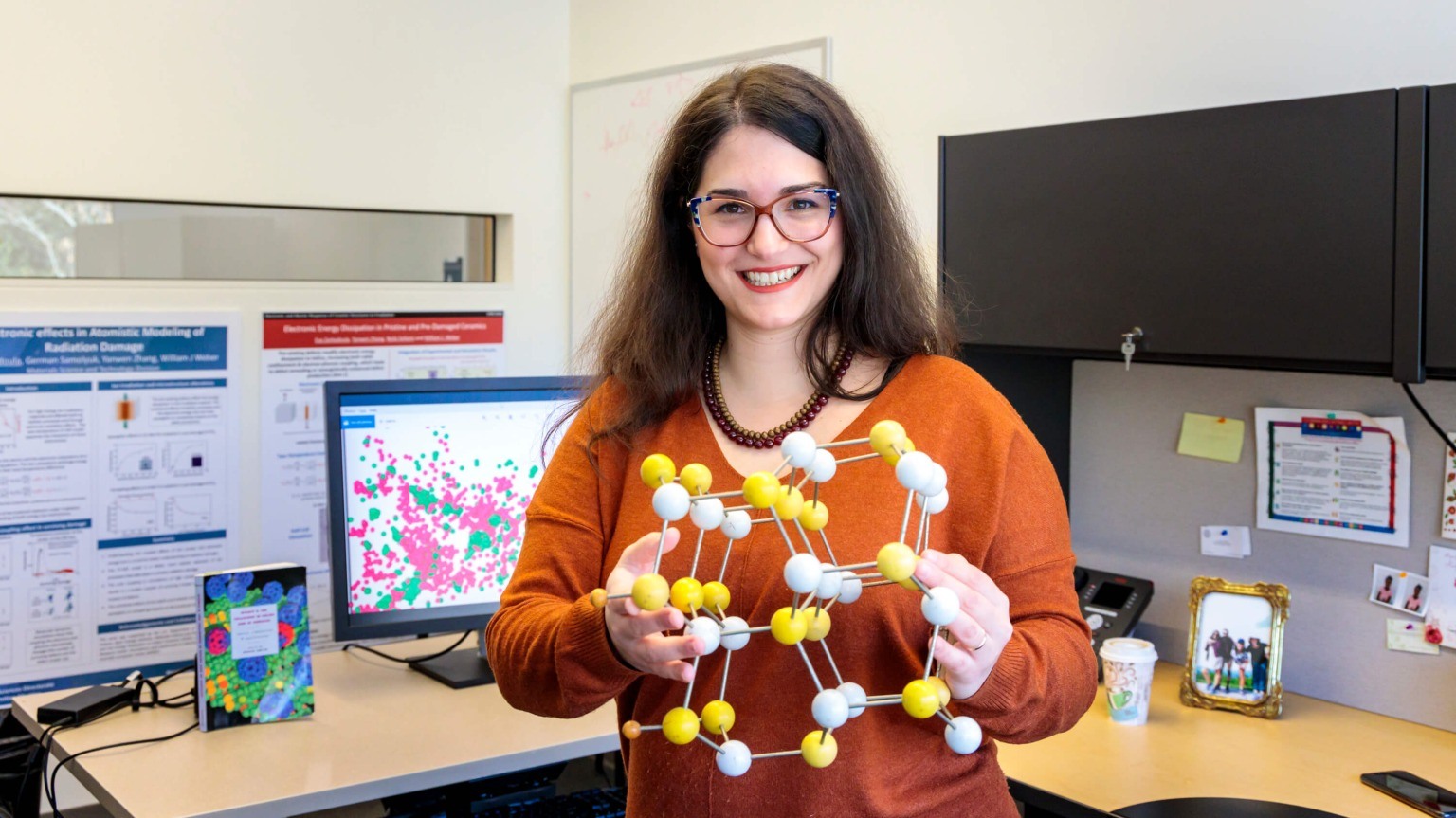
How to use greenhouse gases to our advantage
Kelly Kousi

The gears are cogwheels that usually operate in pairs. In other words, a cogwheel engages with another "toothed" wheel mechanism, in order to change direction or speed. Their purpose is the transmission of motion and so we find them in every machine that aims at motion, such as bicycles, motorcycles, and cars. They are considered one of the oldest mechanisms known to humankind and one of the most important inventions. The question is, is it really a human invention?
Scientists Malcolm Burrows and Gregory Sutton, University of Cambridge, were the first to discover the existence of mechanical gears in nature. In their study, published in the scientific journal Science, they revealed the existence of curved cog-like strips of opposing "teeth", on the hind legs of the insect Issus. Through a combination of anatomical analysis and high-speed video capture of Issus' normal movements, the researchers were able to discover that these strips mix and rotate like mechanical gears, thus synchronizing the insect's legs when it initiates a jump. This remarkable finding shows that mechanical gears, previously thought to be exclusively man-made, have an evolutionary "ancestor". According to the scientists, this is the "first observation of mechanical gears in a biological structure".

The gears on the rear ends of Issus have a remarkable technical resemblance to those found on bicycles or in car gearboxes. Each “tooth” on these wheels has a rounded angle at the point where it is attached to the cogwheel, a feature similar to artificial gears. This technicality works as a shock absorber to prevent tooth decay. The gear teeth on the opposite legs lock together, ensuring almost complete synchronization in the movement of the legs. The legs always move within 30 'microseconds' with each other, by one microsecond (equal to one centimeter of one second). This lock is crucial for strong jumps, which are the primary means of this insect’s transportation. Even tiny deviations in synchronization between the speeds of its legs, when propelled, would cause Issus to spin out of control. According to the researchers themselves, this precise synchronization would be impossible through the nervous system. This is because neural signals would take a long time to achieve the strict coordination that is required. The development of mechanical gears enables Issus to send nerve signals to its muscles so as to produce the amount of force required by one foot to initiate the jump. Then, immediately the gears are interconnected, creating perfect synchronization, and the jump is achieved.
"In Issus, the skeleton is used to solve a complex problem that the brain and nervous system can’t," said Prof. Malcolm Burrows, one of the researchers. "We usually think of gears as something that we see in human-designed machinery, but we've found that that is only because we didn't look hard enough", added the second researcher Dr. Gregory Sutton. In addition, he highlights "These gears are not designed; they are evolved - representing high speed and precision machinery evolved for synchronisation in the animal world”.
How many secrets nature keeps… !? Could it be that it has all the answers for us?

Kelly Kousi

Anastasia Papangelou

Aglaia (Lina) Ntokou

Viktoria Taroudaki